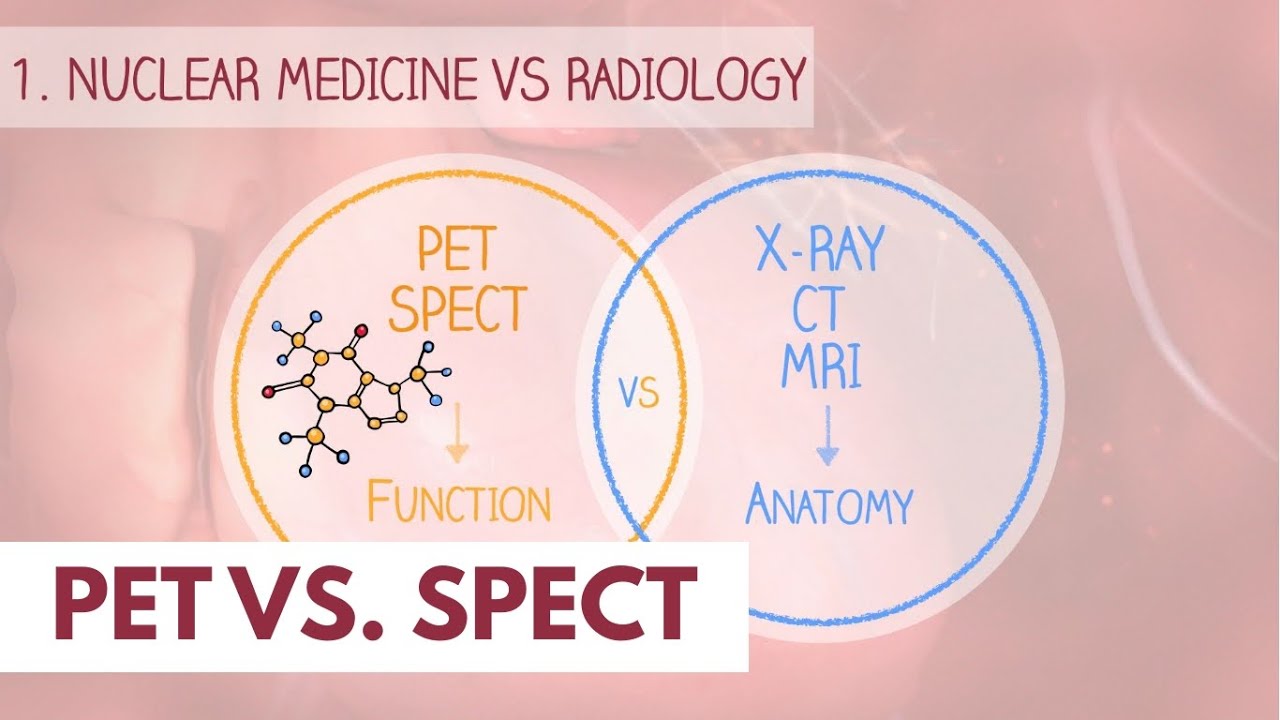Production by Curium PET Europe
Summary
TLDRCurium produces essential PET radiopharmaceuticals used for medical imaging, crucial for diagnosing diseases like cancer and neurodegenerative disorders. With a network of 30 production sites across Europe, Curium ensures rapid delivery of these tracers, combining fluorine-18 with various molecules for effective imaging. The production process adheres to stringent pharmaceutical quality and radiation safety standards. Technicians utilize cyclotrons to generate fluorine-18, followed by careful synthesis and quality control before distribution. Curium's commitment to innovation and capacity expansion aims to enhance patient care by providing timely and life-saving diagnostics.
Takeaways
- 😀 PET radiopharmaceuticals are essential for diagnosing and monitoring various diseases, including cancer and heart conditions.
- 🏭 Curium produces these molecules nightly to ensure timely availability for PET scans.
- ⏱️ Fluorine-18, which has a two-hour half-life, is a key component in the tracers used for PET imaging.
- 🌍 Curium operates a network of 30 production sites across Europe to optimize delivery and meet increasing demand.
- 👷♂️ A dedicated team of 600 specialists ensures the production of radiopharmaceuticals adheres to strict regulatory quality standards.
- 🔬 Each production site is equipped with advanced cyclotrons for the production of fluorine-18 from oxygen-18 enriched water.
- ⚠️ Safety measures are prioritized throughout the manufacturing and transportation processes to protect staff and healthcare professionals.
- 📦 The injectable products undergo rigorous quality control testing before delivery to ensure compliance with safety standards.
- 🚚 Transportation of radiopharmaceuticals requires specific safety protocols to mitigate radiation exposure risks.
- 🚀 Curium is committed to innovation, continuously developing new tracers to enhance patient care and treatment outcomes.
Q & A
What are PET radiopharmaceuticals and why are they important?
-PET radiopharmaceuticals are tracers used in medical imaging to diagnose and monitor various diseases, including cancer and heart conditions. They are essential for providing accurate imaging results.
How does Curium produce its PET radiopharmaceuticals?
-Curium produces PET radiopharmaceuticals by combining a molecule with fluorine-18, which is generated through the irradiation of oxygen-18 enriched water in cyclotrons. This process occurs at one of their 30 production sites.
What is the significance of fluorine-18's half-life?
-Fluorine-18 has a two-hour half-life, which means it decays quickly. This short half-life necessitates rapid transport and delivery of the radiopharmaceuticals to ensure they are effective for imaging procedures.
What measures does Curium take to ensure safety during the production and transportation of radiopharmaceuticals?
-Curium prioritizes safety by implementing strict quality control tests, maintaining controlled environments, and following specific safety protocols during transportation to protect staff, transporters, and healthcare professionals from radiation.
How does Curium maintain its production quality standards?
-Curium adheres to the highest regulatory quality standards in production and engages in continuous investment to modernize production sites, train staff, and renew equipment.
What role do cyclotrons play in Curium's production process?
-Cyclotrons are used to accelerate subatomic particles, enabling the production of fluorine-18. They are crucial for generating the necessary quantities of this isotope for PET radiopharmaceuticals.
What is the process after the production of fluorine-18?
-After fluorine-18 is produced, it is combined with specific tracers in an automated system, transferred to sterile containers, and divided into vials. Each vial undergoes strict quality control testing before delivery.
How does Curium's network support the supply of PET radiopharmaceuticals across Europe?
-Curium operates a network of 30 production sites, which allows for optimal coverage and rapid delivery of PET radiopharmaceuticals to nuclear medicine departments across Europe, meeting increasing demand.
What is Curium's strategy for future growth?
-Curium aims to maintain its growth by developing new tracers and enhancing its innovation policy to improve the quality of care for patients, thereby providing life-saving diagnoses and treatments.
How many employees does Curium have dedicated to the production of PET radiopharmaceuticals?
-Curium has a dedicated team of 600 specialized workers who focus on producing PET radiopharmaceuticals and ensuring compliance with quality standards.
Outlines

Cette section est réservée aux utilisateurs payants. Améliorez votre compte pour accéder à cette section.
Améliorer maintenantMindmap

Cette section est réservée aux utilisateurs payants. Améliorez votre compte pour accéder à cette section.
Améliorer maintenantKeywords

Cette section est réservée aux utilisateurs payants. Améliorez votre compte pour accéder à cette section.
Améliorer maintenantHighlights

Cette section est réservée aux utilisateurs payants. Améliorez votre compte pour accéder à cette section.
Améliorer maintenantTranscripts

Cette section est réservée aux utilisateurs payants. Améliorez votre compte pour accéder à cette section.
Améliorer maintenantVoir Plus de Vidéos Connexes

Radiopharmaceuticals - a key component of nuclear medicine

#BIMBELRADIOGRAFER EPS. 111 | EXPLANATION OF FR MRI AND NUCLEAR MEDICINE QUESTIONS FOR EXPERT D4 ...

PET vs. SPECT scan | Dr. Paulien Moyaert

Kedokteran Nuklir itu apa sih? Simak Penjelasannya Disini

Teknologi Nuklir Untuk Kesehatan

PET scan | How Does a PET Scan Work? | Clinical application of PET scan | #biomedicine series
5.0 / 5 (0 votes)
